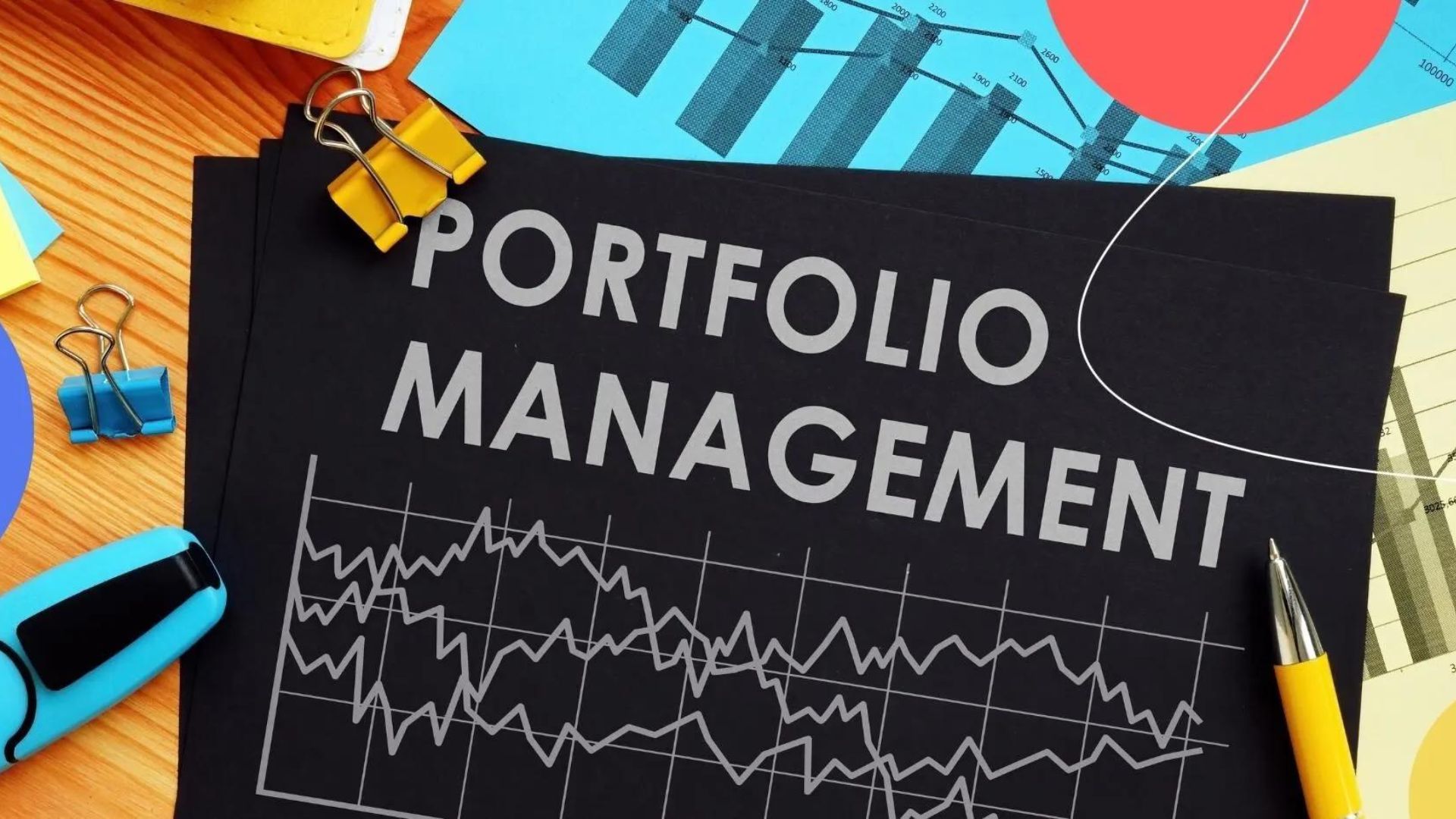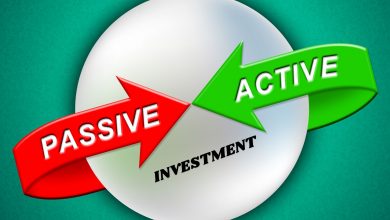
Introduction
Definition of a Portfolio
A portfolio is more than just a folder containing your work; it’s a curated showcase of your skills, accomplishments, and growth over time. Whether you’re a professional in the corporate world, a student showcasing academic achievements, or a creative professional displaying artistic endeavors, a portfolio is a dynamic representation of your capabilities.
Importance of Portfolios in Various Fields
Portfolios play a crucial role in diverse fields, providing a tangible demonstration of your abilities beyond what a resume or curriculum vitae (CV) can convey. They offer a holistic view of your expertise, giving others a chance to see the tangible impact of your work.
Types of Portfolios
Career Portfolios
Tailored for professionals seeking job opportunities, career portfolios focus on showcasing relevant skills, experiences, and achievements. They serve as a powerful tool during job interviews, enabling candidates to demonstrate their capabilities effectively.
Academic Portfolios
Common among students and educators, academic portfolios showcase academic achievements, projects, and contributions. They are valuable for college admissions, job applications in academia, or highlighting progress in educational journeys.
Creative Portfolios
Artists, designers, writers, and other creative professionals often rely on creative portfolios to exhibit their artistic prowess. These portfolios can include a variety of works, such as designs, writings, photography, and other creative projects.
Components of a Portfolio
Cover Page
The cover page sets the tone for your portfolio, providing a snapshot of what to expect. It should be visually appealing and include your name, a brief tagline, and a captivating image.
Introduction Section
Offer a brief introduction to yourself, your background, and the purpose of the portfolio. Engage your audience from the beginning, making them eager to explore further.
Work Samples
The core of any portfolio, work samples should be carefully selected to represent your best achievements. Include a diverse range of projects that showcase your skills and versatility.
Reflective Statement
Add a reflective statement for each work sample, explaining the context, challenges faced, and lessons learned. This provides depth and context to your showcased projects.
Resume or CV
Include a condensed version of your resume or CV. Highlight key qualifications, experiences, and skills, offering a quick reference for potential employers.
Creating an Effective Portfolio
Selecting Relevant Work
Be strategic in choosing work samples that align with your goals. Emphasize projects that highlight your strengths and demonstrate your suitability for your desired roles.
Organizing the Portfolio
Structure your portfolio in a logical and easy-to-follow manner. Use categories or sections to group similar types of work, making it simple for viewers to navigate.
Design and Presentation Tips
Invest time in the visual presentation of your portfolio. Choose a clean and professional layout, ensuring that the design complements the content without overshadowing it.
Digital vs. Physical Portfolios
Advantages and Disadvantages of Each
Digital portfolios offer accessibility and interactivity, while physical portfolios provide a tangible and tactile experience. Consider your audience and purpose when choosing between the two.
Choosing the Right Format for Your Purpose
Evaluate the requirements of your industry and audience to determine whether a digital or physical portfolio is more suitable. Some professions may prefer one format over the other.
Showcasing Achievements
Highlighting Accomplishments
Draw attention to key achievements within each work sample. Use metrics and statistics whenever possible to quantify the impact of your contributions.
Quantifying Impact
Numbers can speak louder than words. When possible, include measurable outcomes of your work to emphasize the tangible results you’ve achieved.
Importance in Job Search
Standing Out to Employers
In a competitive job market, a well-crafted portfolio can set you apart from other candidates. Employers appreciate the effort put into showcasing your work and skills.
How Portfolios Complement Resumes
While a resume provides a brief overview, a portfolio allows for a deeper exploration of your capabilities. The two together create a comprehensive picture of your professional journey.
Industry-specific Portfolios
Examples and Considerations for Different Professions
Different industries have unique expectations for portfolios. Explore examples and considerations specific to your field, tailoring your portfolio to match industry standards.
Tailoring Portfolios to Specific Job Requirements
Customize your portfolio for each job application by emphasizing experiences and skills that align with the specific requirements of the role.
Building an Online Portfolio
Platforms for Creating Digital Portfolios
Numerous online platforms offer tools for creating digital portfolios. Explore options such as LinkedIn, Behance, or personal websites to showcase your work to a broader audience.
Tips for Online Presentation
Optimize your online portfolio for a seamless user experience. Ensure that it is mobile-friendly, easy to navigate, and that all media elements are properly displayed.
The Evolution of Portfolios
Historical Context
Portfolios have evolved over time, adapting to changes in technology and societal expectations. Understand the historical context to appreciate the significance of portfolios in the present day.
Future Trends
Stay informed about emerging trends in portfolio creation and presentation. As technology advances, new opportunities for showcasing your work may arise.
Common Mistakes to Avoid
Overloading with Irrelevant Information
Maintain focus by including only relevant and impactful information. Avoid overwhelming your audience with unnecessary details that dilute the effectiveness of your portfolio.
Poor Organization and Presentation
A poorly organized portfolio can detract from the quality of your work. Invest time in creating a cohesive structure and visually appealing design.
Benefits Beyond Employment
Personal Development
Building a portfolio is not just about impressing others; it’s also a valuable exercise for personal development. Reflecting on your work and selecting pieces for your portfolio can enhance self-awareness.
Networking Opportunities
A well-crafted portfolio can open doors for networking opportunities. Share your portfolio with colleagues, mentors, and industry professionals to expand your professional connections.
Conclusion
Summarizing the Significance of Portfolios
In conclusion, a portfolio is a powerful tool that goes beyond a traditional resume, offering a dynamic and comprehensive representation of your skills and accomplishments. Whether you’re a seasoned professional or just starting your career, investing time in creating an effective portfolio can significantly boost your chances of success.




